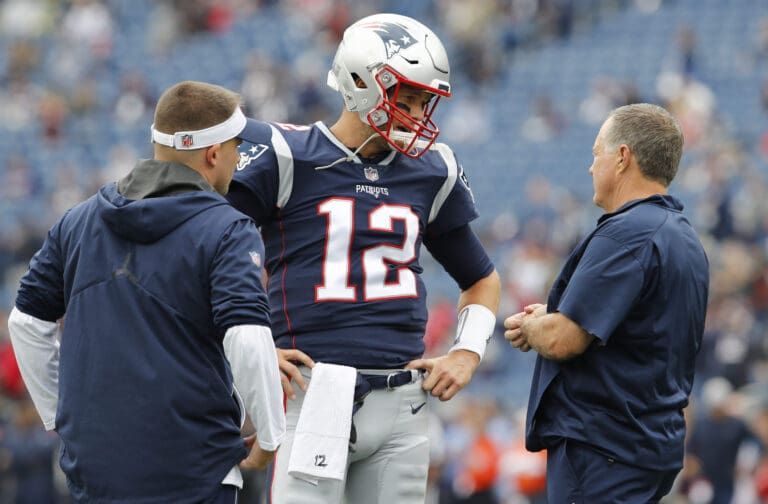The term “football” evokes different images depending on where in the world you are. In most countries, it refers to a sport played with a spherical ball, kicked with the feet. However, in the United States, the term is predominantly associated with a sport played with an oval-shaped ball, carried and thrown with hands.
The American Viewpoint
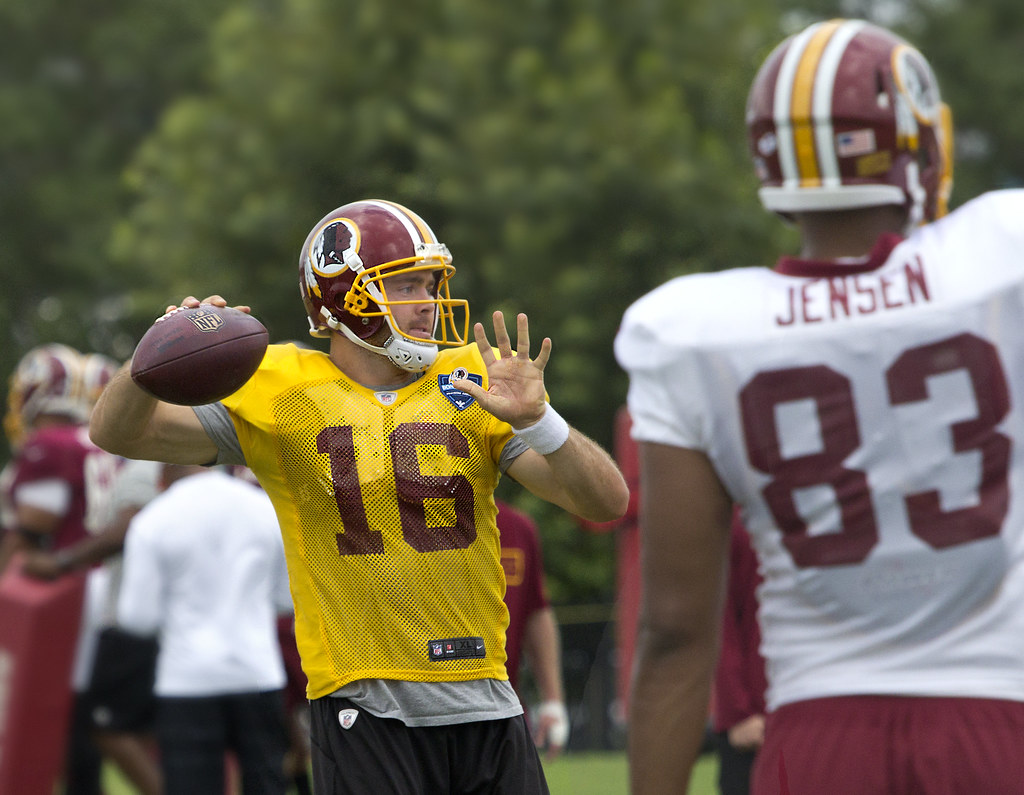
For many Americans, calling gridiron football anything other than “football” would be extremely bizarre and can even be perceived as snobbish. Likewise, hearing someone call the sport we know as “soccer” anything else can also elicit a derisive laugh. What happened here?
Commonalities
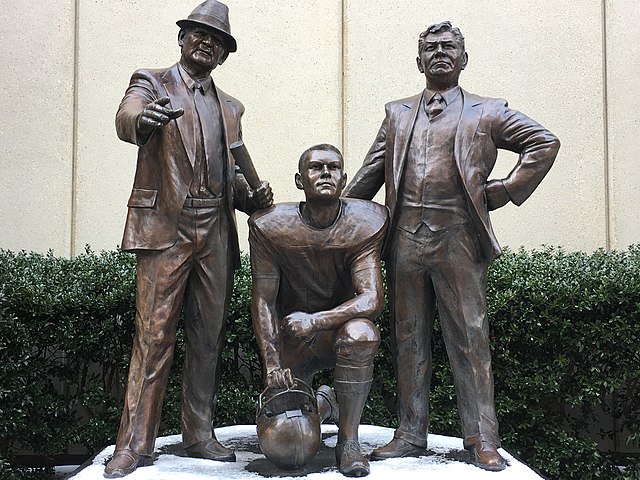
The origins of soccer and gridiron football are somewhat intertwined in that they’re both ball-based games, but they’ve diverged so wildly at this point that they share almost nothing in common. Both involve a ball, and both involve teams trying to move that ball to the opposite end of the field. That’s about the end of their commonalities, despite sharing a name among different cultures.
The Beautiful Game

The roots of soccer, or association football as it’s formally known, can be traced back to ancient civilizations. Games involving kicking a ball were popular in China, Greece, and Rome. These are likely the progenitors of the modern game we know today.
Football Association

However, the first rule set that resembles modern-day soccer emerged in England during the 19th century. The Football Association (FA), founded in 1863, codified the rules and established the foundations of the sport, giving it its own identity distinct from more informal ball-based games played around the world.
The Name “Soccer”
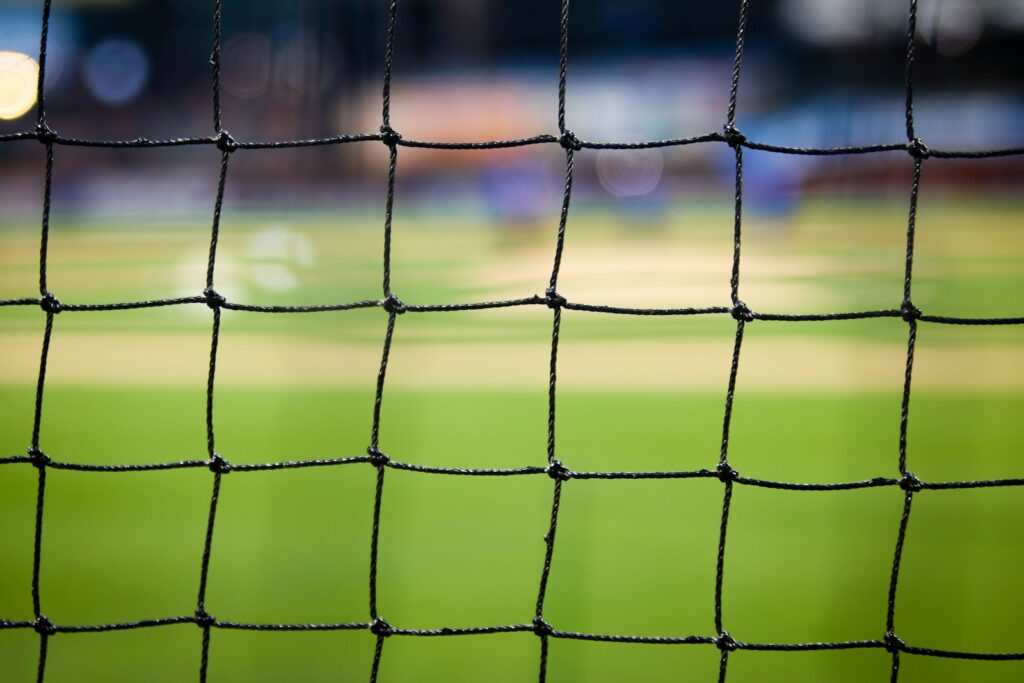
Interestingly, that formal name (association football) is what led to the game’s American name. English players would abbreviate the word “association” to “soccer,” and that name stuck in the US for whatever reason. So, when Europeans get snarky about Americans calling the game soccer, they’re ironically forgetting the word’s origins.
Accessible

Soccer’s appeal lies in its simplicity and accessibility. It requires minimal equipment, and can be played almost anywhere. This has contributed to its global popularity, with millions of people playing and watching the sport worldwide. The FIFA World Cup, the most prestigious football tournament, is a global spectacle that unites fans from diverse cultures.
Simplicity

That simplicity is important: many cultures enjoy soccer with nothing more than a single ball. Given that nearly anything could stand in for a goal, it’s easy to set up street-based games of soccer almost anywhere in the world. It’s also quite simple to explain the rules to someone. You’re trying to kick the ball into your opponents’ goal, you can’t use your hands to move it around, and you get a single point for scoring a goal.
Referees

This simplicity also allows for casual games to forego the need for a referee. As a general rule, playing soccer among friends introduces very few chances for arguments. There are no corner case rules to keep in mind, little need to use “stoppage time” in a pick-up game, and a set end time for any contest.
Gridiron Football
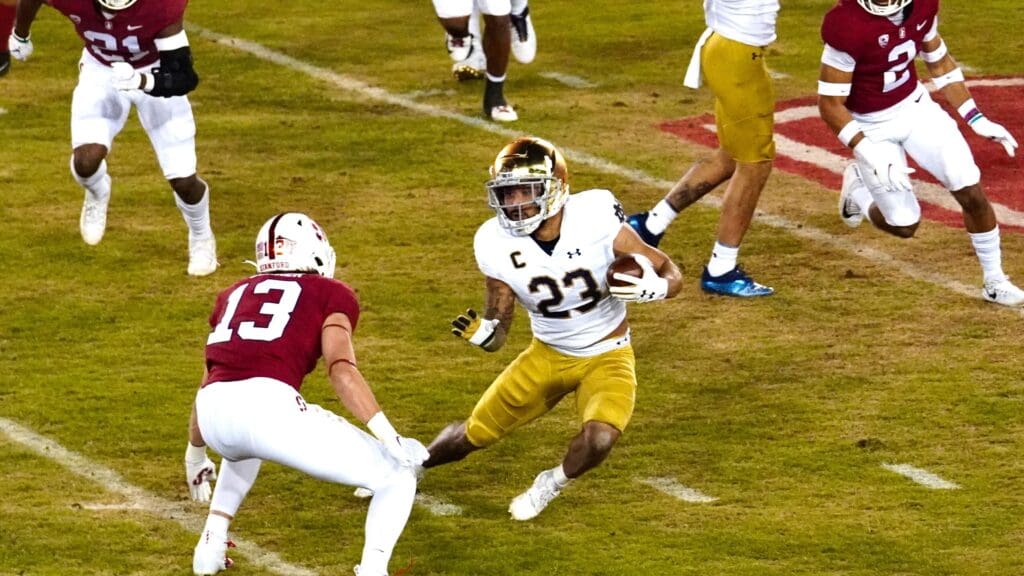
Gridiron football, often simply referred to as football in the United States, has a more recent history. It’s a uniquely American game, as you might imagine. It evolved from a combination of rugby and soccer, with the first recorded game taking place between Rutgers and Princeton in 1869.
The Ivy League

That’s right, the first-ever American football game was played between two prestigious universities. These days, schools like Princeton would be considered too “fancy” to take part in something as brutal and bone-crunching as football, but the sport’s origins are strongly intertwined with the Ivy League.
The Lawless Game
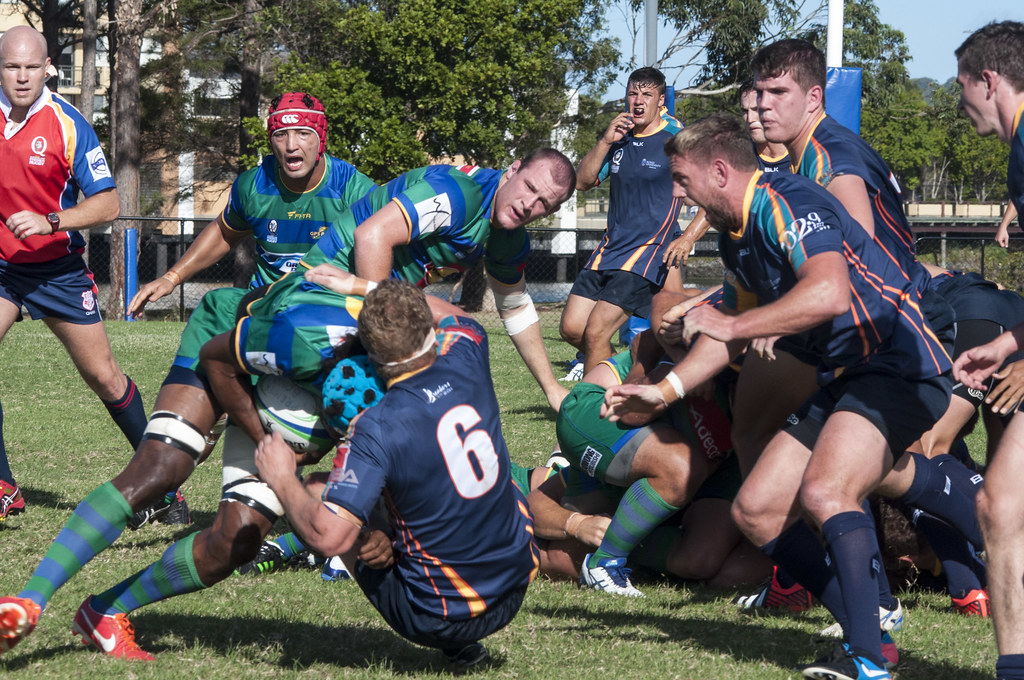
In the early years, the game was chaotic and dangerous, with few rules and limited protective equipment. This made it quite similar to rugby, which to this day has a reputation for extreme violence and danger to players. This loose ruleset wasn’t long-lived, thankfully.
Walter Camp
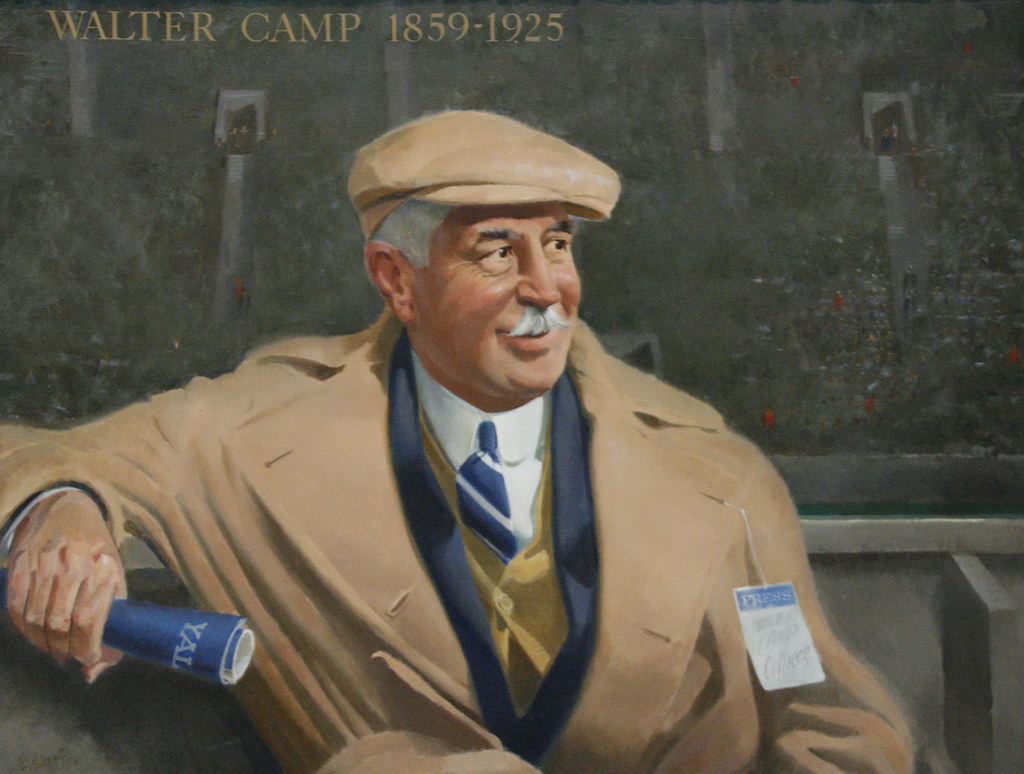
Thanks to the influence of figures like Walter Camp, often called the “Father of American Football,” the sport saw some significant rule changes that shaped it into the football we know today throughout the late 19th and early 20th centuries. Key innovations included the line of scrimmage, the forward pass, and the concept of downs.
The Line of Scrimmage
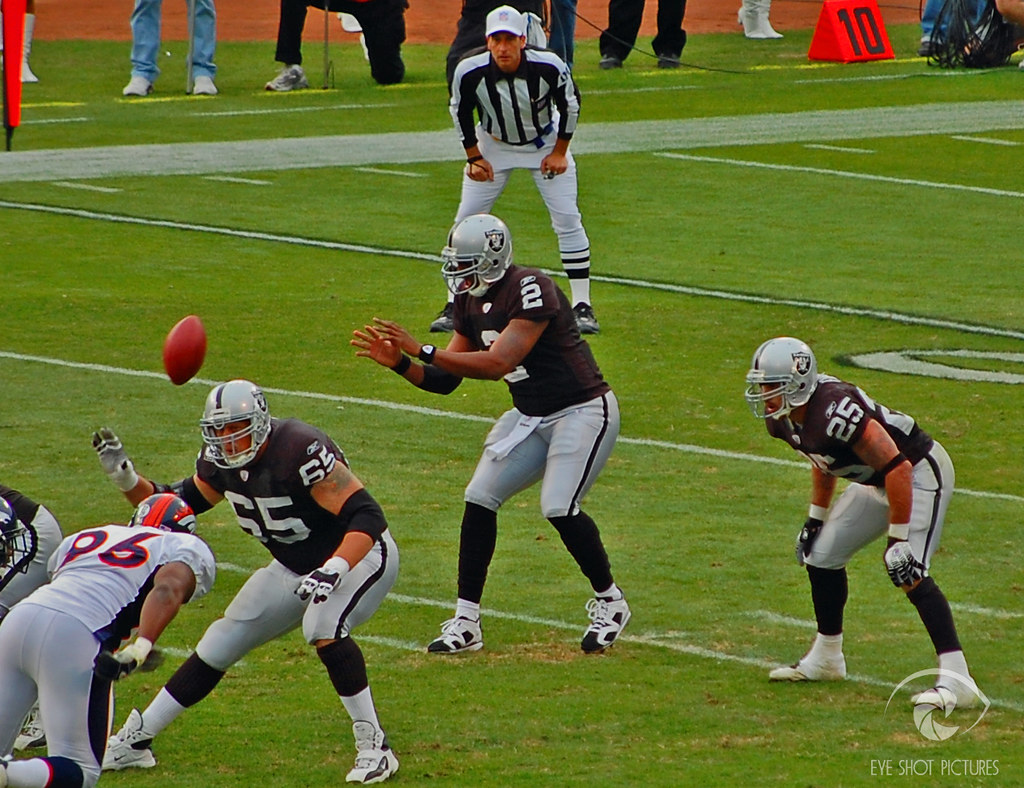
This rule sees the teams squaring off on the line where the ball went down most recently. Players aren’t allowed to go across the line until the play begins, which keeps things somewhat orderly and cuts down on the brutal melee that rugby often sees break out during the game.
Forward Passing
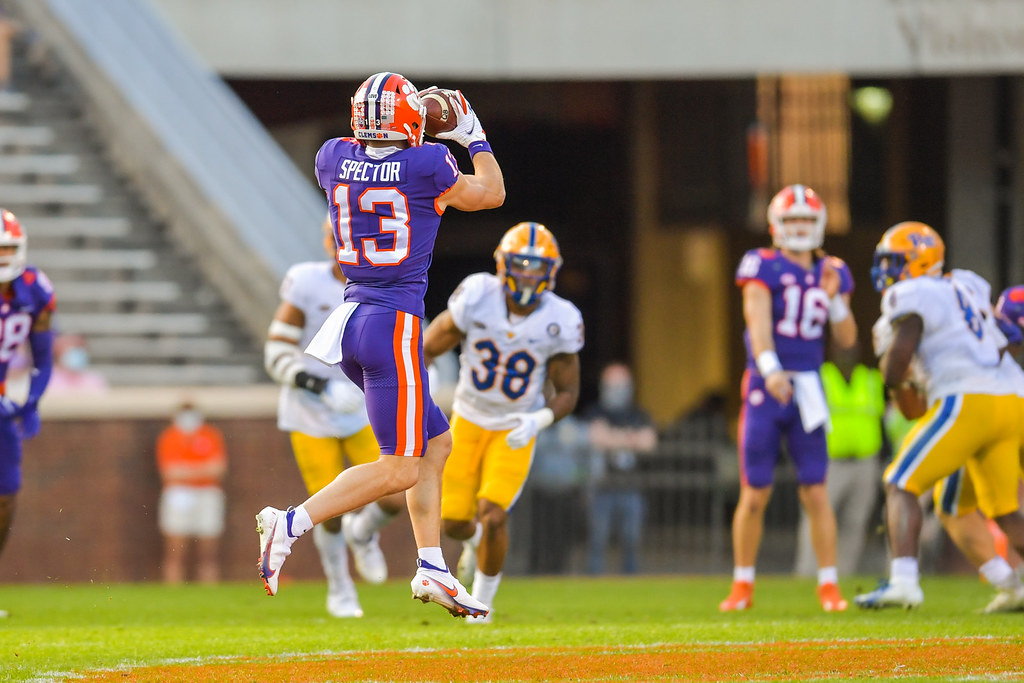
This fundamental aspect of football didn’t exist until after Camp’s innovations. It’s hard to picture a version of football where the quarterback isn’t angling for a stylish, deep pass. Still, this innovation helped reduce injuries immensely, allowing play to shoot forward across the field and keeping players further apart.
Downs
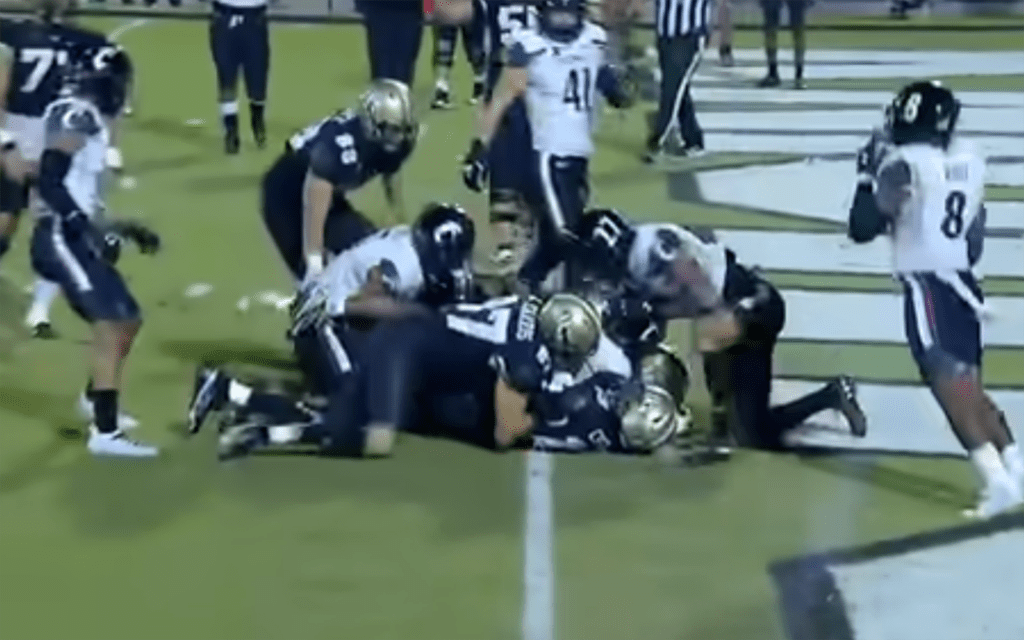
The concept of downs is responsible for the “start-and-stop” nature of football that Europeans often make fun of. When the player with the ball goes “down” play stops and the players line back up along the line of scrimmage. This, again, keeps play from devolving into a brutal mash of players fighting over a loose ball.
College Ball
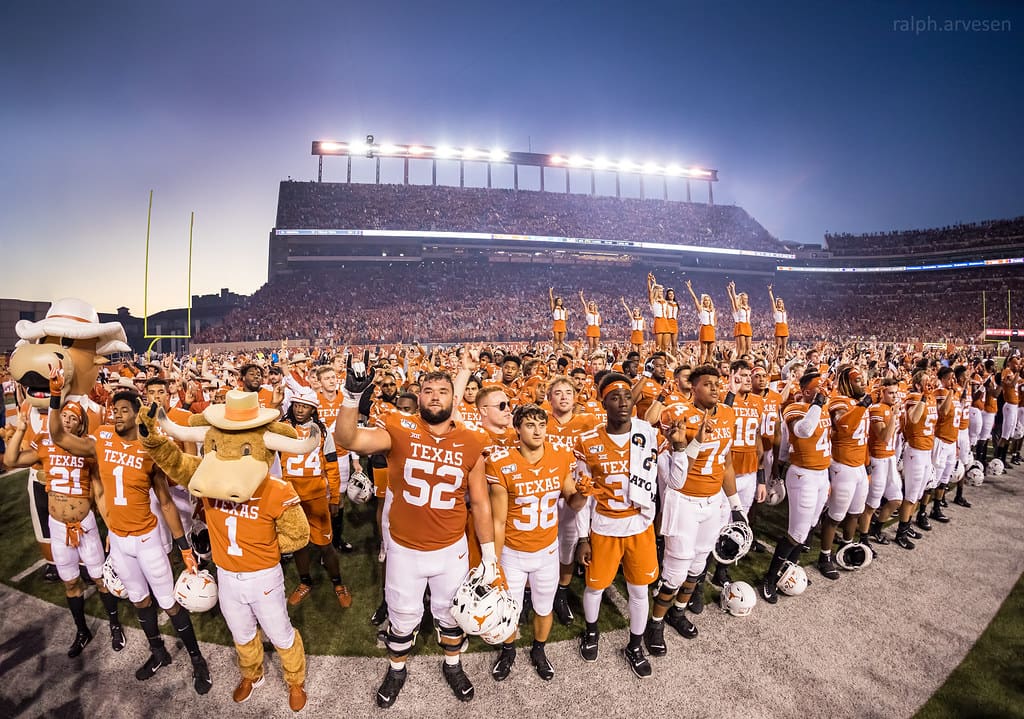
The early 20th century saw the rise of college football, with legendary programs like Notre Dame and Michigan dominating the landscape. Several college conferences emerged, giving schools access to pools of opponents and regular fixtures throughout the football season. The game’s popularity soared, leading to the formation of professional leagues.
Going Pro
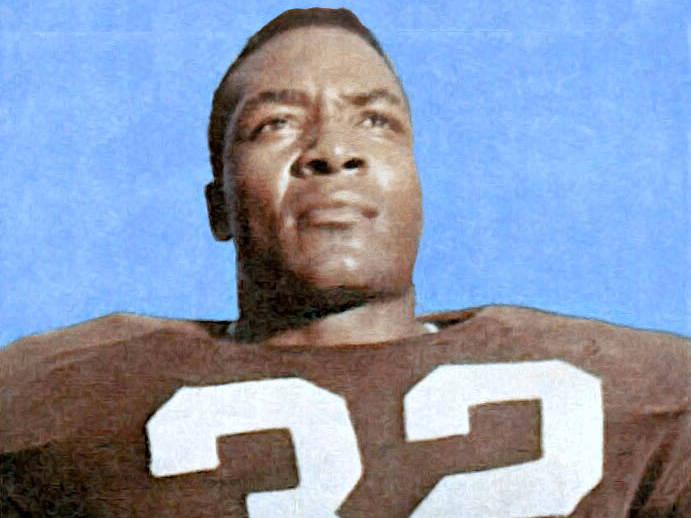
The National Football League (NFL), founded in 1920, struggled initially but eventually gained traction and became the premier professional football league in the United States. Their central management of the sport was critical to growing its popularity nationally, though many people to this day prefer to watch collegiate football as opposed to professional contests.
Televised Sportscast
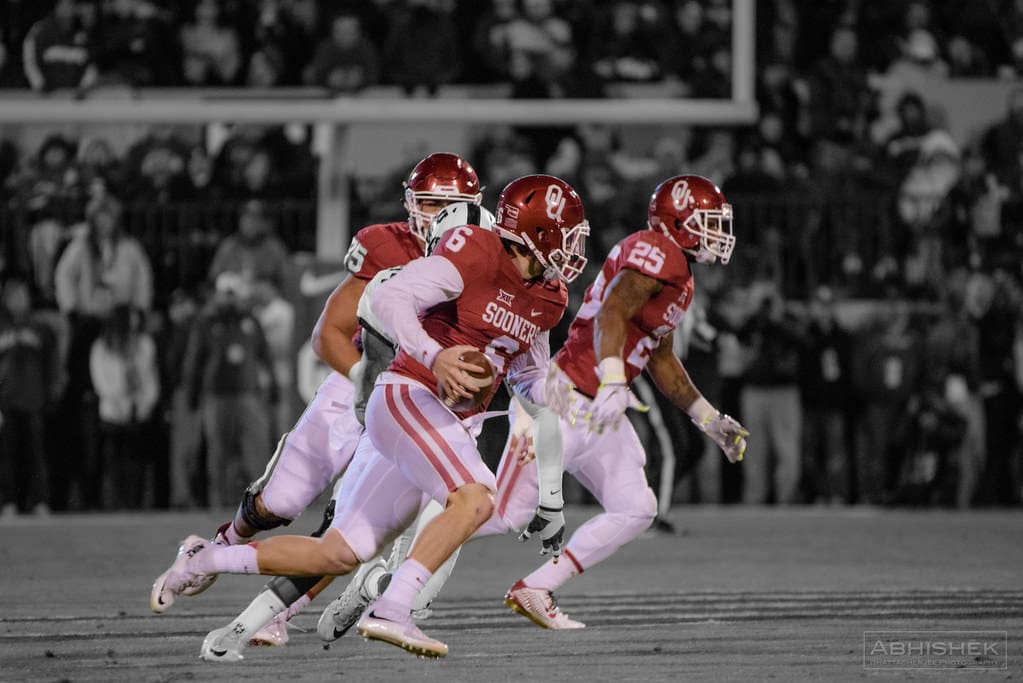
The NFL’s growth was accelerated by the television era, which brought football into American homes and captivated a wider audience. The league’s popularity has continued to grow, with Super Bowl Sunday becoming one of the most-watched television events of the year. Likewise, college football remains deeply popular in parts of the country without major NFL teams.
Cultural Impact
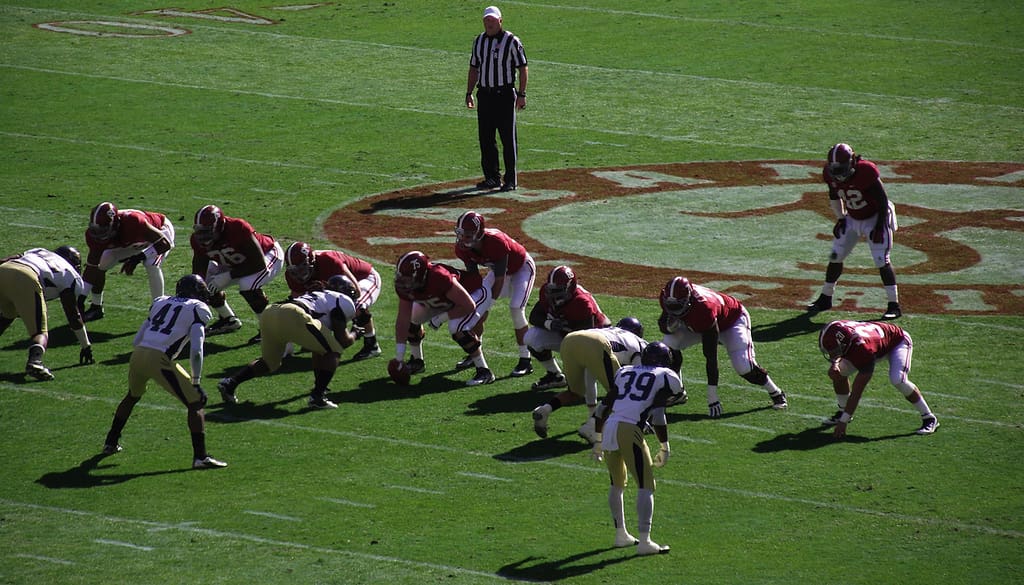
Gridiron football has evolved into a complex and strategic sport, combining physicality, skill, and teamwork. Its impact on American culture is undeniable, with players becoming cultural icons and the game itself serving as a unifying force. Many people can start conversations in the US with thier coworkers by simply mentioning their love for football.
Tough Game
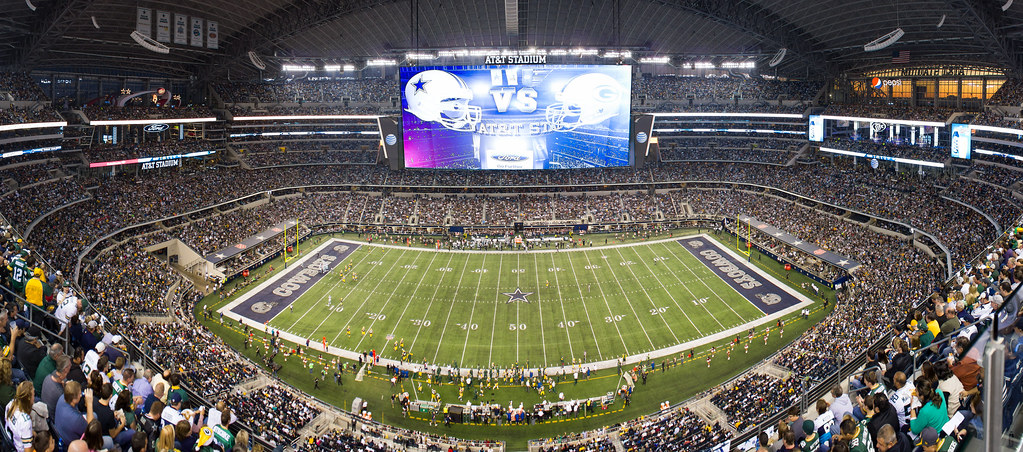
Gridiron football is a physically demanding sport that requires strength, speed, and agility. The game is characterized by its complex tactics, intricate playbooks, and high-scoring potential. The National Football League (NFL) is the premier professional football league in the United States, and its games are among the most-watched sporting events in the world.
Contrasting the Two

While both soccer and gridiron football are popular sports, they differ significantly in several key aspects. Soccer uses a spherical ball, while gridiron football uses an oval-shaped ball. Gridiron football fields are rectangular with marked lines dividing them into yards, while soccer fields don’t require such markings.
Read More: The 10 Best Football Movies Ever Made
Complex vs Simple Scoring

In soccer, goals are scored by kicking the ball into the opponent’s net. In gridiron football, points are scored through touchdowns, field goals, and extra points. This added complexity is part of the reason gridiron football isn’t terribly popular among amateurs. Keeping up with all the different ways you can score points, and their point values, is a bit of a headache.
Read More: Top 10 Most Expensive Sports Contracts in History
Equipment

Soccer players wear relatively minimal protective gear, such as shin guards and cleats. Gridiron football players wear extensive protective gear, including helmets, shoulder pads, and other padding. This adds another complicating element to anyone trying to play amateur football, as they need to spend significant money on their equipment.
Read More: The 10 Most Iconic Sports Stadiums Around the World
Taking Hits

Soccer is a less physically demanding sport compared to gridiron football, which involves frequent collisions and tackles. That’s not to say soccer players don’t get roughed up sometimes, but soccer is inherently not meant to be a contact sport. In football, nearly every player on the field is liable to get tackled by somebody.
Read More: The 10 Winningest College Football Teams Of All Time
What They Share

Despite these differences, both sports share a common thread: the pursuit of victory, the thrill of competition, and the passion of their fans. While soccer’s global appeal and simplicity have made it the most popular sport in the world, gridiron football’s unique blend of strategy, athleticism, and spectacle has captivated American audiences for over a century.
Read More: The Top 10 College Football Snubs Since 2000


